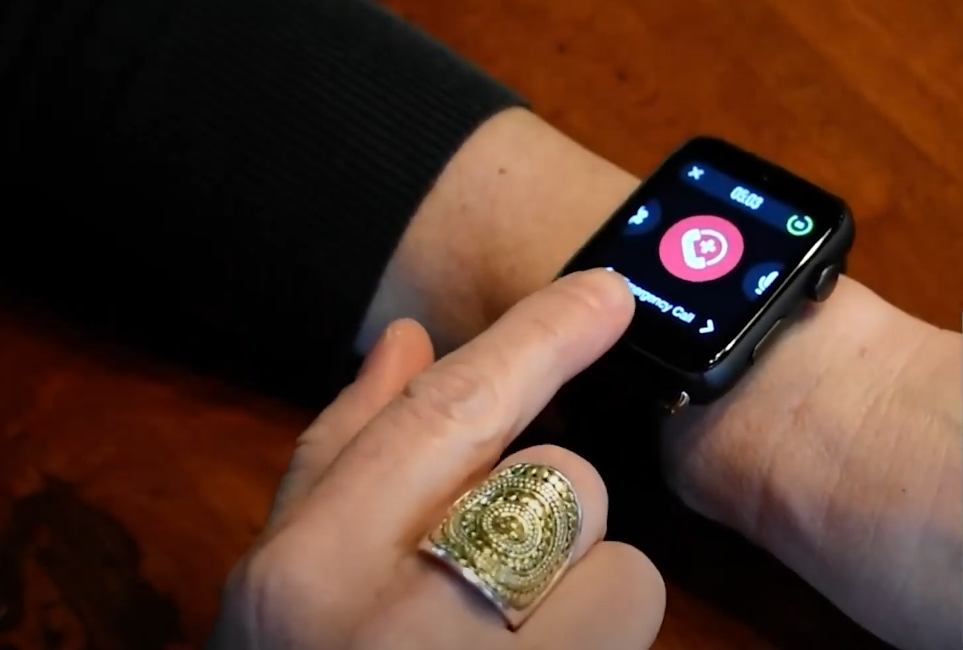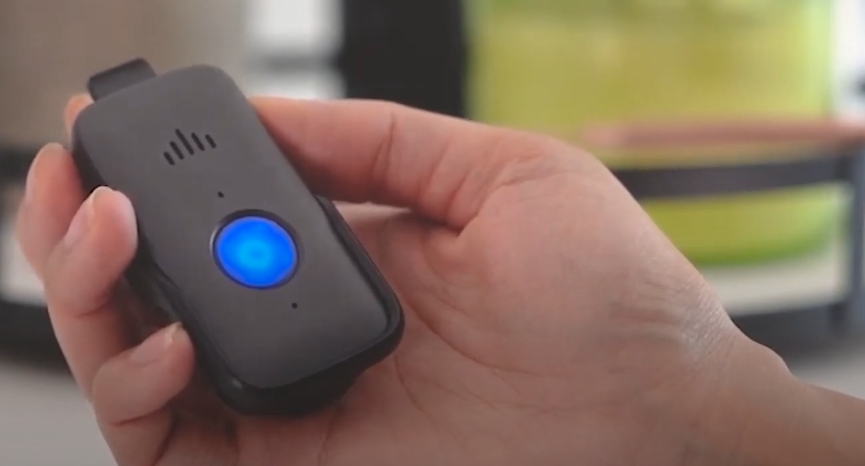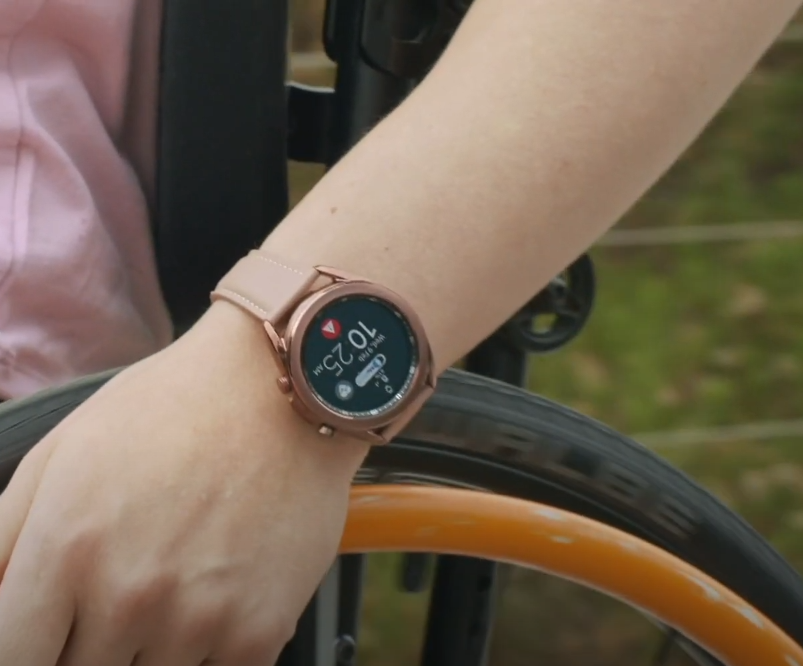Living with a disability can present many challenges and safety concerns for individuals. A reliable medical alert system ensures that people with disabilities or special needs have access to help should any emergency occur.
Whether living independently, under the care of family members, or supported by an agency, having access to a medical alert system provides peace of mind and faster response times when needed in an emergency. Let’s take a look at how these systems work and discuss some important factors to consider when choosing the right one for your needs.

What is a Medical Alert System?
A medical alert system is a device that is designed to provide immediate assistance in case of an emergency. It comprises a wearable device, typically a wristband or necklace, and a base unit connected to a monitoring center.
How Does a Medical Alert System Work?
A medical alert system uses a wireless connection between the wearable device and the base unit. When the individual presses the button on the device, it sends a signal to the base unit. The base unit connects to the monitoring center through a phone line or cellular network. The monitoring center will then receive the signal and assess the situation. If necessary, they will dispatch emergency services or contact a designated caregiver.
Benefits of Using a Medical Alert System
There are several benefits to using a medical alert system for people with disabilities. These include:
- Immediate Assistance: A medical alert system can provide immediate assistance in an emergency. This can be especially important for people with disabilities who have difficulty communicating or cannot reach a phone.
- Increased Independence: A medical alert system can provide increased independence for people with disabilities. They can feel more confident knowing that help is available at the touch of a button.
- Peace of Mind: For loved ones, a medical alert system can provide peace of mind. They can feel more secure knowing their family member is being monitored and can receive assistance in an emergency.
- Customizable: Medical alert systems can be customized to meet the specific needs of the individual. For example, they can include fall detection technology or medication reminders.
Choosing a Medical Alert System
When choosing a medical alert system, there are several factors to consider:

- Type of System: There are two main types of medical alert systems – monitored and unmonitored. Monitored systems connect to a monitoring center, while unmonitored systems simply dial a pre-programmed phone number. Monitored systems are typically more expensive, but they provide higher support.
- Wearable Device: The wearable device is an important component of the medical alert system. It should be comfortable to wear and easy to use. It should also be waterproof to be worn in the shower or bath.
- Range: The range of the medical alert system is also important. The base unit should be able to connect to the wearable device from anywhere in the house or yard.
- Cost: The cost of the medical alert system is an important consideration. Monitored systems are typically more expensive than unmonitored systems, and the cost can vary depending on the features included.
Alternatives to Medical Alert Systems for People with Disabilities
While medical alert systems can be a great option for people with disabilities who want to ensure their safety and independence, they are not the only option.
Personal Assistants
Hiring a personal assistant may be a good option for people who need ongoing support and assistance with daily tasks. Personal assistants can provide help with everything from getting dressed and bathing to running errands and cooking meals. They can also be a valuable source of companionship and emotional support.
Home Automation Systems
Home automation systems allow people to control various aspects of their home environment with voice commands or a smartphone app. For people with disabilities, this can be particularly useful for tasks like adjusting the thermostat, turning lights on and off, and locking doors. Some systems also include features like video monitoring and motion sensors, which can alert caregivers or emergency services in case of a problem.
Smartphone Apps
Many smartphone apps can be used to stay safe and connected in an emergency. Some examples include:
- ICE: In Case of Emergency: This app allows users to store important medical information, emergency contacts, and other details that can be accessed quickly in an emergency.
- Red Panic Button: This app allows users to send an emergency alert to pre-set contacts with the push of a button.
- Noonlight: This app can be used to contact emergency services quickly and includes a feature that can automatically detect if the user is in a dangerous situation (e.g. if the phone is dropped or shaken).
Service Animals
For people with disabilities who require physical assistance or emotional support, service animals can be a great option. Service dogs can be trained to perform various tasks, from opening doors to providing stability while walking. Emotional support animals can provide companionship and comfort and may be particularly helpful for people with mental health conditions.
Community Resources
Depending on where you live, community resources may be available to help people with disabilities stay safe and connected. For example, some cities have volunteer programs that provide companionship and assistance with daily tasks. There may also be support groups or social events that can help people feel more connected to their community.
While medical alert systems can be a valuable tool for people with disabilities, they are not the only option. By exploring alternative solutions like personal assistants, home automation systems, smartphone apps, service animals, and community resources, people with disabilities can find the support, they need to live independently and stay safe.
The Future of Medical Alert Systems
Medical alert systems have come a long way since their inception in the 1970s. Originally designed to be standalone devices connected to a landline phone, modern medical alert systems are now more sophisticated and versatile.

Artificial Intelligence
One of the most exciting developments in medical alert systems is the integration of artificial intelligence (AI). AI algorithms can analyze data from wearable devices, home sensors, and other sources to identify patterns and detect potential health problems before they become emergencies. For example, AI could monitor a person’s heart rate, breathing, and other vital signs and alert caregivers or emergency services if abnormalities occur. AI could also be used to predict and prevent falls, which are common causes of injury for people with disabilities.
Wearable Devices
Wearable devices like smartwatches and fitness trackers are becoming increasingly popular, and many include features that could be useful for medical alert systems. For example, some devices include fall detection, heart rate monitoring, and GPS tracking, which could be used to locate someone in an emergency quickly. In the future, we may see more specialized wearable devices designed specifically for medical alert purposes.
Virtual Assistants
Virtual assistants like Amazon’s Alexa and Google Assistant are already used to control home automation systems, answer questions, and play music. In the future, these assistants could be integrated with medical alert systems to provide even more functionality. For example, a user could ask their virtual assistant to call for help in an emergency or get reminders to take their medication at the right time.
5G Technology
The rollout of 5G networks promises to bring faster and more reliable internet connections to more people worldwide. This could have significant implications for medical alert systems, which rely on fast and reliable connectivity. With 5G, medical alert systems could transmit data more quickly and accurately and respond rapidly to emergencies.
Smart Homes
Smart homes are becoming increasingly common, including features that could be useful for medical alert systems. For example, a smart home could have sensors that detect if someone has fallen or cameras that can monitor unusual activity. Smart homes could also be programmed to adjust lighting and temperature settings automatically to meet a user’s needs.
The future of medical alert systems is bright, with emerging technologies like artificial intelligence, wearable devices, virtual assistants, 5G, and smart homes all offering new possibilities for keeping people safe and connected. While these technologies are still in the early stages of development, it’s clear that they have the potential to transform the way we think about medical alert systems and the role they play in supporting people with disabilities.
